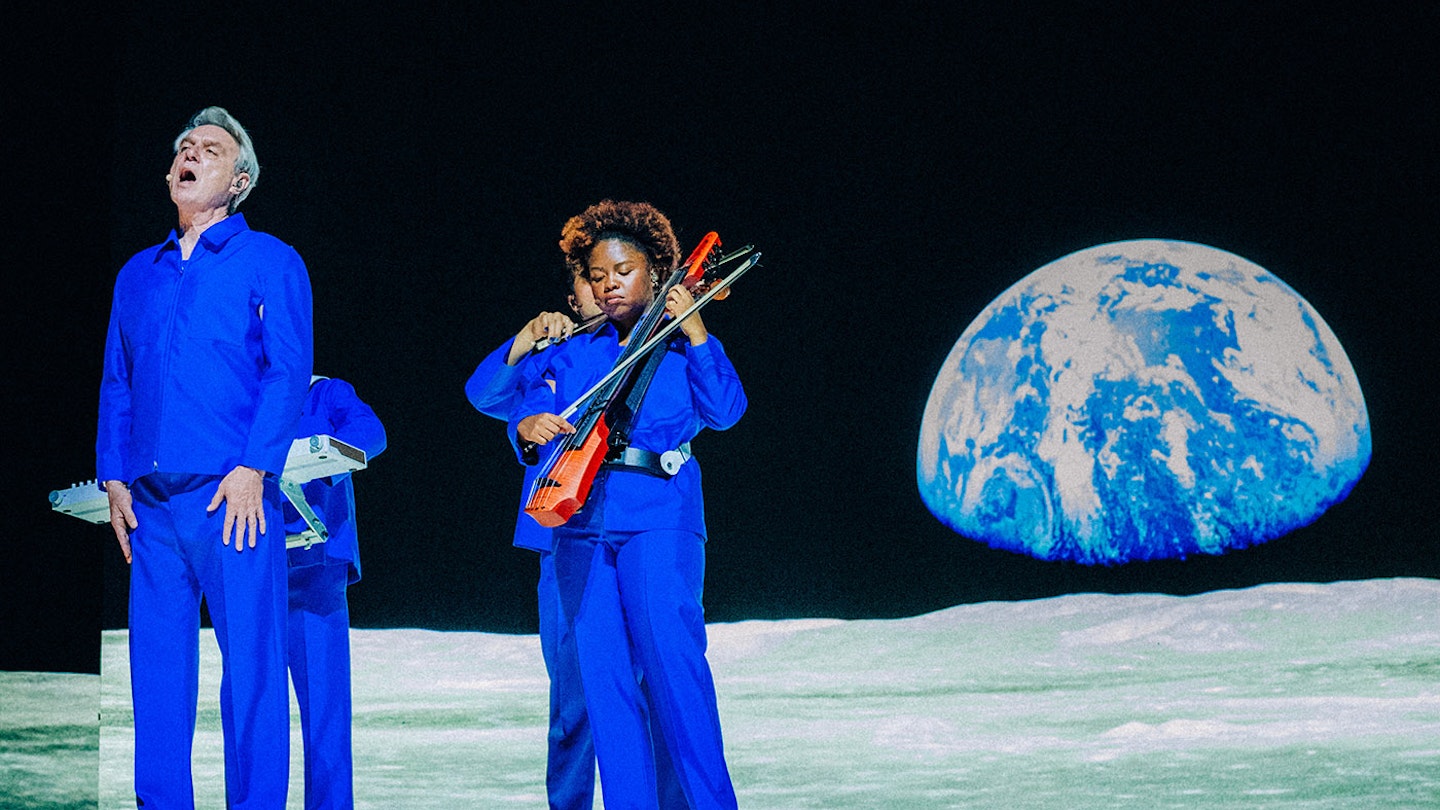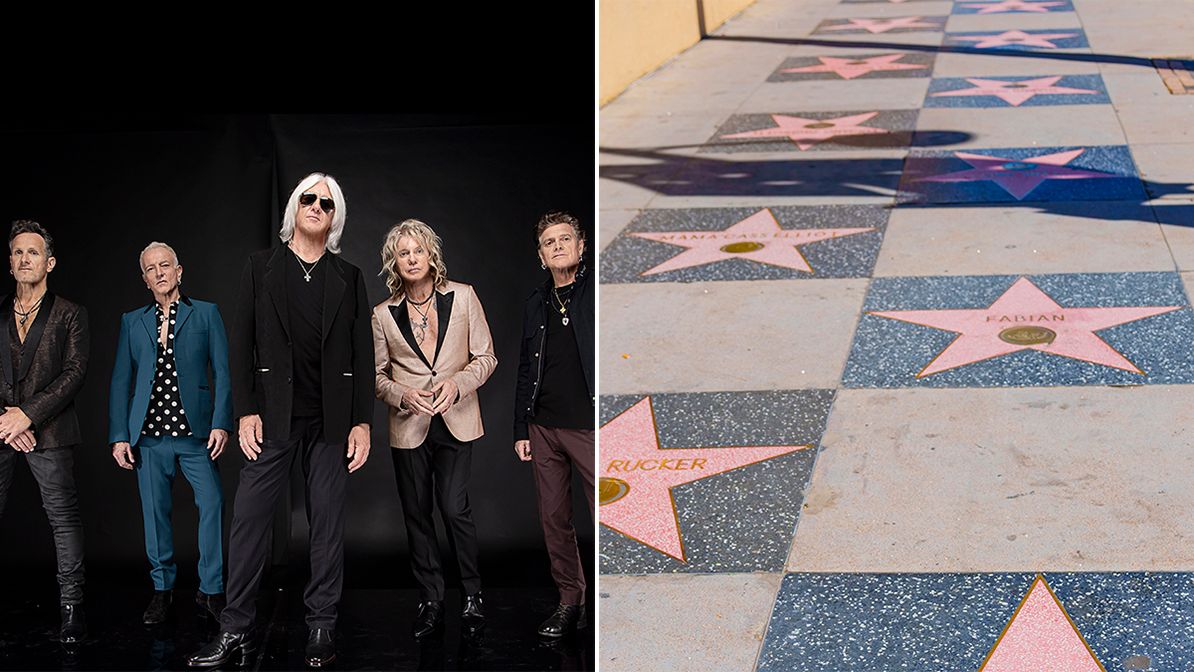Rick Rubin's AI Vision: A Genuine Rebirth or a Rebranded Rhetoric?
Explore Rick Rubin's vision of AI as the 'punk rock of coding,' a concept poised to transform creativity. Is it a true rebirth or a rebranded tech?

Rick Rubin's creative genius has long flowed against the current, challenging the conventions of the music industry with his unique vision of art as a raw, unfiltered expression. Now, by dubbing Artificial Intelligence as the “punk rock of coding,” Rubin strikes a fresh chord that resonates with those who cherish creativity unfettered by convention.
Vibe Coding: Language of the Unconventional
Rubin’s concept of ‘vibe coding’ is an ambitious leap into the future, inviting creatives to communicate with AI through natural language. This approach, detailed in his book "The Way of Code: The Timeless Art of Vibe Coding," breaks the technical shackles of traditional programming, much like punk rock dismantled the polished veneer of mainstream music.

Yet, amid Rubin’s poetic rhetoric, one might ask: Is this analogy a genuine innovation, or just a flashy way to dress up AI’s existing capabilities? In championing vibe coding as AI’s punk rock moment, is Rubin elevating AI’s potential to foster creative democratization, or merely rebranding the same old tech gospel with a rebellious twist?
The Human Touch in Digital Chaos
Rubin’s enthusiasm for AI as a creative collaborator rather than a replacement for human input is a refreshing take in an era where automation often spells doom for originality. His vision of AI as a tool to enhance and iterate upon creative ideas aligns with the punk ethos of using whatever means necessary to express oneself.

However, this embrace of AI’s derivative nature could be seen as ironic for an advocate of raw artistry. Punk rock thrived on authenticity—will vibe coding follow suit, or simply replicate pre-existing norms under a guise of innovation?
A Renaissance Waiting to Happen
Rick Rubin’s embrace of AI is poised as a clarion call for a new age of creativity. Yet, the challenge remains whether such vision can truly ignite a creative renaissance or whether it risks becoming another buzzword in the digital zeitgeist.

In marrying ancient wisdom with cutting-edge technology, Rubin paints a picture of AI-infused artistry as a liberating force, ready to shatter the monotony of mainstream culture. Nevertheless, there lingers a critical question: will this digital rebellion spark genuine creativity, or merely echo the noise of tech-driven predictability?
Embracing the spirit of punk rock means more than aesthetic declarations—it requires a relentless pursuit of authenticity and disruption. As Rubin leads the charge, it’s up to us to decide if this AI-driven era is a transformative renaissance or another fleeting trend camouflaged by high-minded ideals.



